Hungry like a wolf: new insights from old bones housed in the BGS museum collections
BGS scientists are studying the diets of ancient British wolves and how they adapted to changing environments.
18/01/2024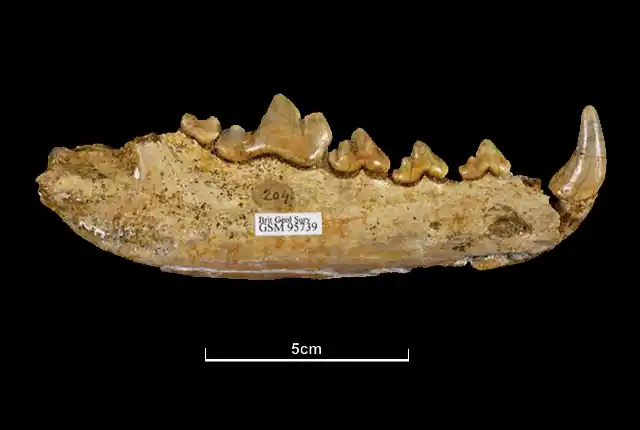
Studying the diet of an animal that roams the Earth today is relatively straightforward. Their eating habits can be easily tracked and their food sources monitored using their faecal matter (‘scat’). But how do you study the diet of animals that have been dead for thousands of years? The NERC/UKRI-funded project ‘Hungry like a wolf’, carried out by BGS together with Royal Holloway University London, aims to do exactly that: study the diets of wolves that lived in Britain during the last 250 000 years.
Investigating ancient animals’ diets
The project adopts the adage ‘we are what we eat’. The type of diets an animal consumes are imprinted on the wear and tear on their teeth and the stable isotope signature in their body tissues. For animals that are no longer alive, studying these signatures in fossil bones and teeth provides a window into the animal’s diet and consequently into how their diets have changed over time with fluctuating climatic and ecological conditions. The project aims to understand how wolves have adapted to changing environments by comparing the diet of past (10 000 to 250 000 years) and present wolves, along with other predators and prey from different locations across Europe.
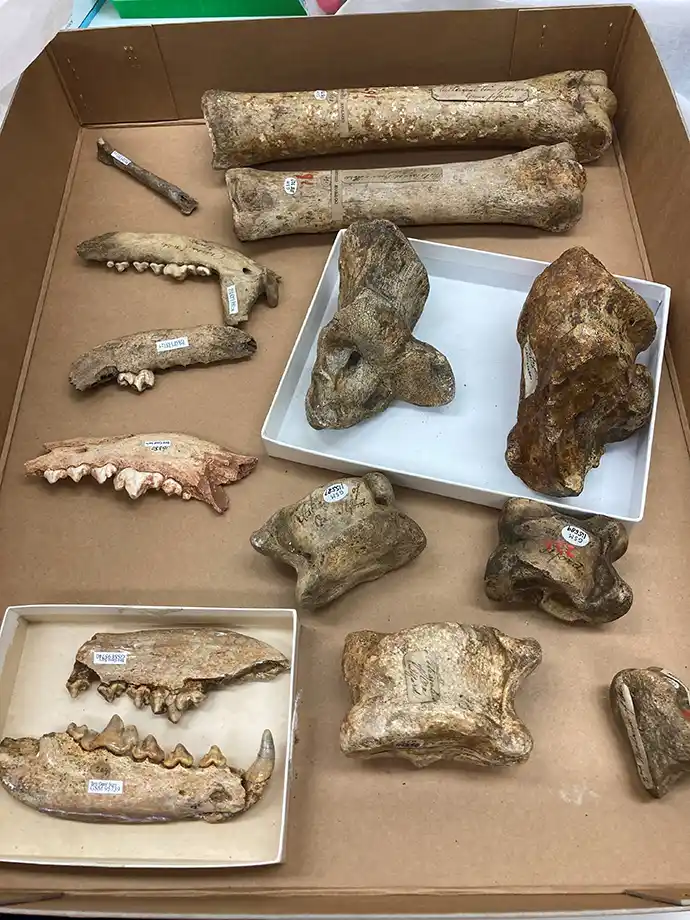
Examples of subfossil bone material selected from the BGS collections for subsampling. BGS © UKRI.
Top ice age predators
Although they were the first animals to be domesticated by humans, wolves were well-established members of the Pleistocene (ice age) carnivore community in Europe. As one of the top predators, wolves keep the populations of their prey in check and, as a knock-on effect, affect the biodiversity of other predators in the area as well as other animal and plant species further down the food chain by limiting over-predation and over-browsing on vegetation. Wolves are therefore considered the most influential large predator in the northern Eurasia region.
Project aims
Unfortunately, many surviving populations of these charismatic animals are today endangered because of human persecution and environmental change. Serious concerns exist as to the viability of European wolf populations under different scenarios of environmental and climate change. It is therefore essential to understand how wolves have adapted to changing circumstances in the past, so that current and future conservation policy can be appropriately tailored.
The project is being carried out by Dr Angela Lamb and Dr Diksha Bista at BGS, together with Prof Danielle Schreve, Dr Fabienne Pigière and Dr Amanda Burtt (Royal Holloway University London). It will involve museum collections from across the UK.
The collections housed here at BGS were some of the first to be analysed. These collections comprise Quaternary (up to 2.58 million years ago) subfossil bone material that has been held in the museum since the late 1800s. Specimens were collected from Ilford by Richard Payne Cotton and donated in 1877, whilst those from Crayford are from the collection of Frederick Spurrell, donated in 1894.
Although the material was collected over 150 years ago, advancing research technologies allow us to uncover new information that can enhance our understanding of past environments and ecosystems. Even though the subsampling involves removing a small amount of material from the selected bones, the insights gained from the analysis can add significantly to the understanding of the fossils held in the collection since the Victorian era.
Louise Neep, BGS Museum Curator.
Laboratory analysis
In the laboratory, collagen will be extracted from the bones and analysed for nitrogen (N), carbon (C) and sulfur (S) isotopes. Recent technical developments within the Stable Isotope Facility now allow the measurement of these isotopes on a significantly smaller amount of collagen (10 times smaller). This advance means much less sample needs to be removed from the fossils, thus preserving the integrity of precious museum specimens.
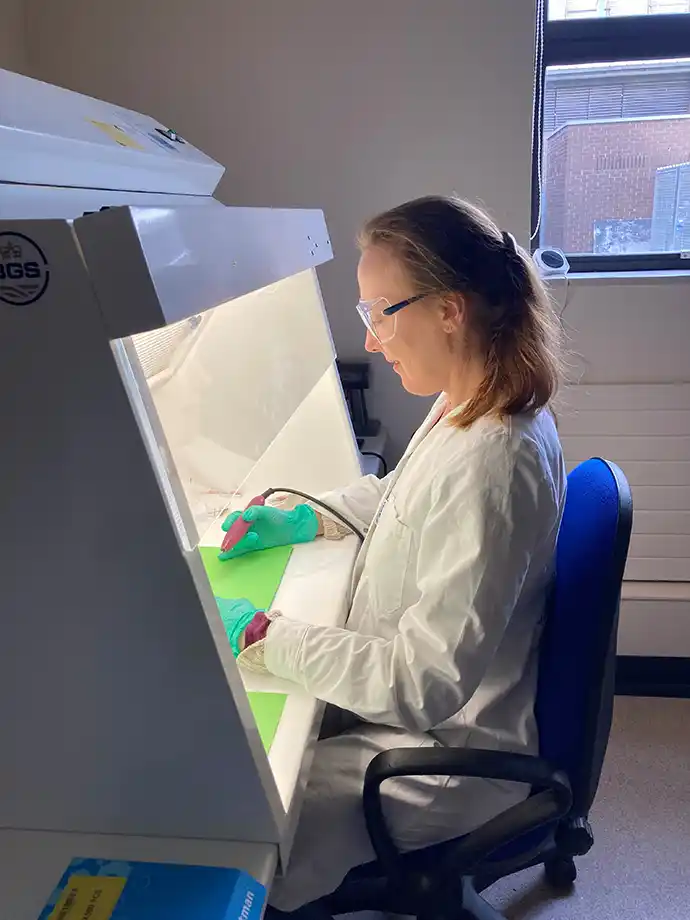
Dr Fabienne Pigière sampling the fossil material. BGS © UKRI.
Acknowledgements
We’d like to thank Paul Shepherd (collections manager) and Simon Harris (conservator) for their support with the project.
About the authors

Dr Angela Lamb
Research scientist

Louise Neep
Curating technician
Relative topics
Latest news
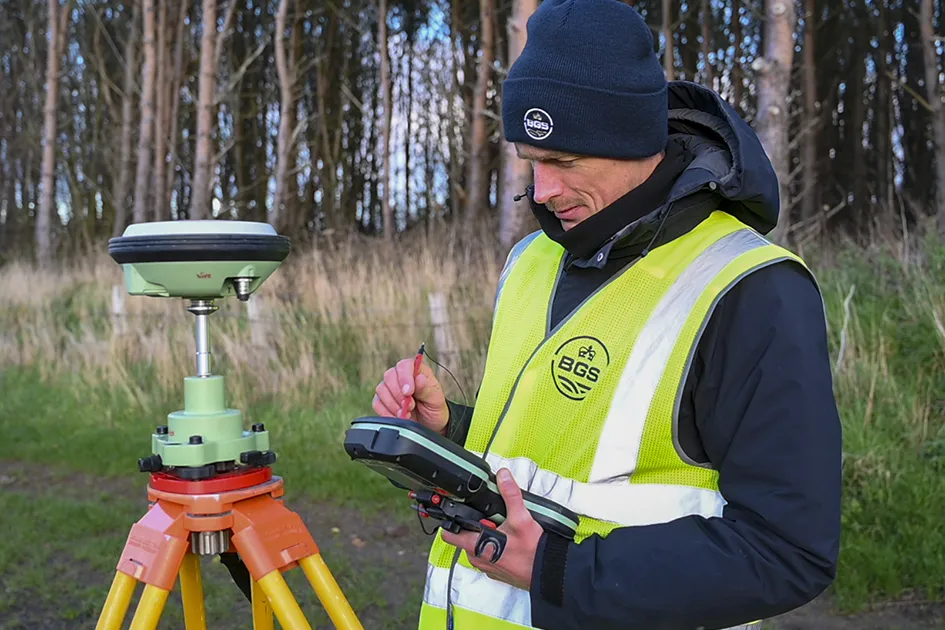
‘Three norths’ set to leave England and not return for hundreds of years
12/12/2025
The historic alignment of true, magnetic, and grid north is set to leave England, three years after they combined in the country for the first time since records began.

BGS agrees to establish collaboration framework with Ukrainian government
11/12/2025
The partnership will focus on joint research and data exchange opportunities with Ukrainian colleagues.
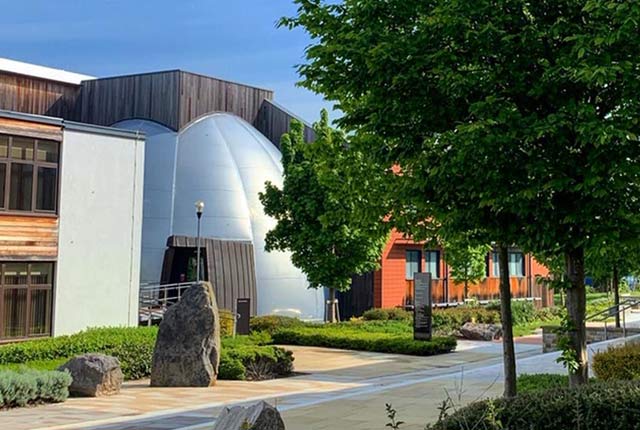
Making research matter: BGS joins leading research organisations in new national initiative
10/12/2025
A new alliance of 35 organisations has been formed that is dedicated to advancing science for the benefit of people, communities, the economy and national priorities.

New 3D model to help mitigate groundwater flooding
08/12/2025
BGS has released a 3D geological model of Gateshead to enhance understanding of groundwater and improve the response to flooding.
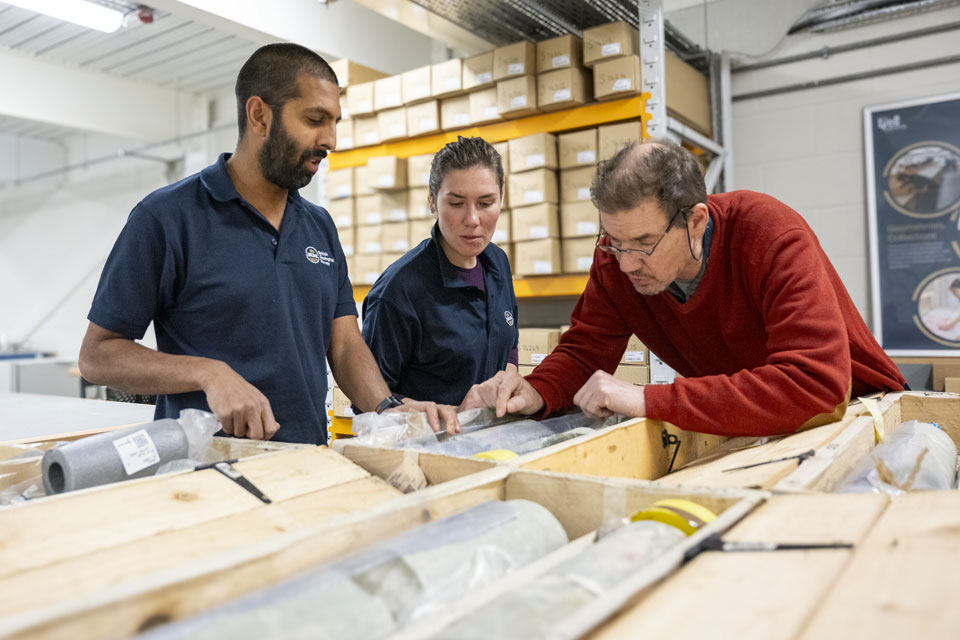
Scientists gain access to ‘once in a lifetime’ core from Great Glen Fault
01/12/2025
The geological core provides a cross-section through the UK’s largest fault zone, offering a rare insight into the formation of the Scottish Highlands.

New research shows artificial intelligence earthquake tools forecast aftershock risk in seconds
25/11/2025
Researchers from BGS and the universities of Edinburgh and Padua created the forecasting tools, which were trained on real earthquakes around the world.

BGS welcomes publication of the UK Critical Minerals Strategy
23/11/2025
A clear strategic vision for the UK is crucial to secure the country’s long-term critical mineral supply chains and drive forward the Government’s economic growth agenda.
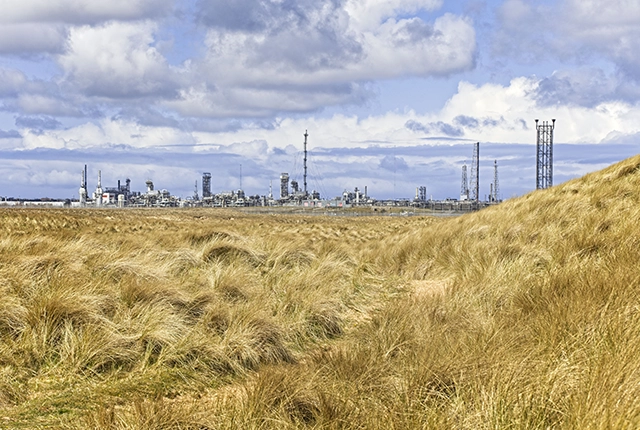
New funding awarded for UK geological storage research
21/11/2025
A project that aims to investigate the UK’s subsurface resource to support net zero has been awarded funding and is due to begin its research.

UK braced for what could be the largest solar storm in over two decades
12/11/2025
Intense geomagnetic activity could disrupt technology such as communication systems, global positioning systems and satellite orbits.
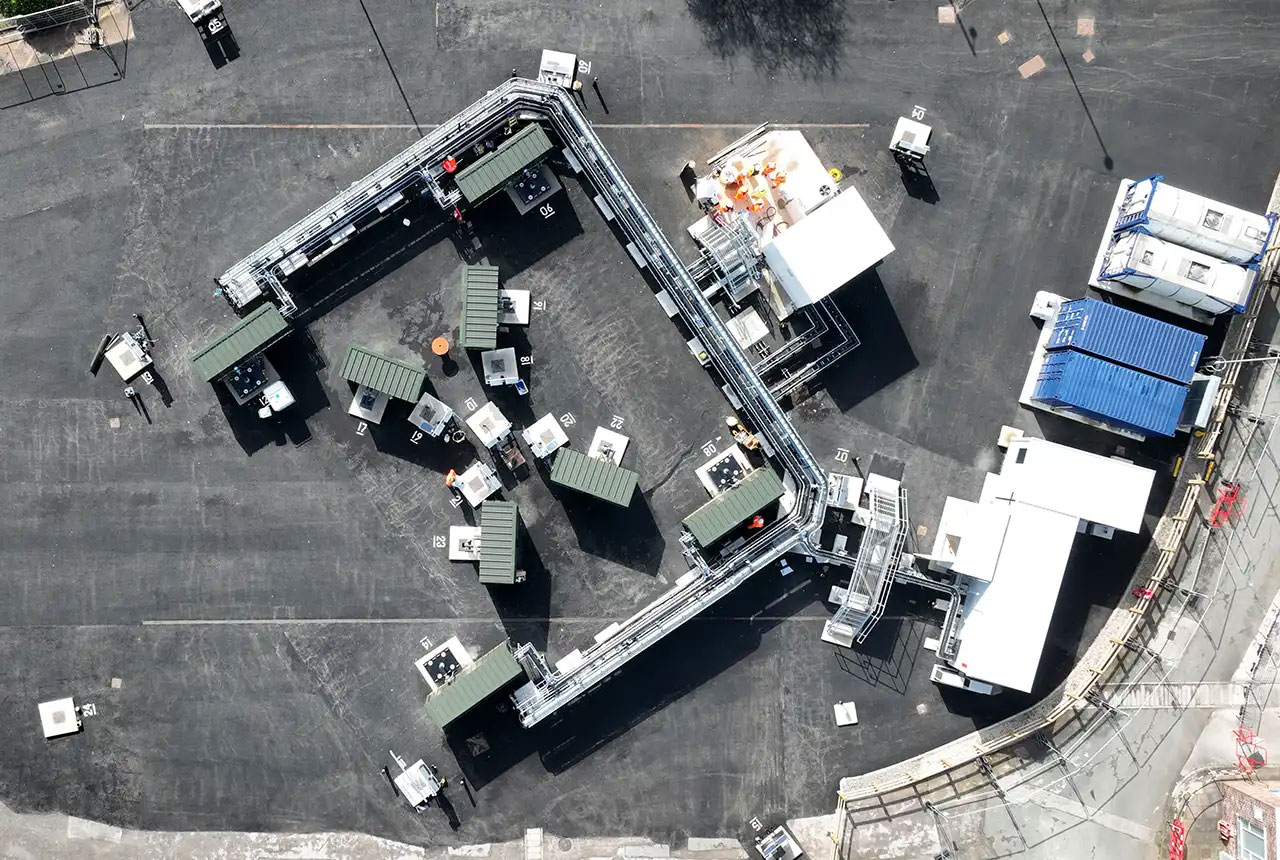
First distributed acoustic sensing survey completed at UK Geoenergy Observatory
12/11/2025
New research at the Cheshire Observatory has shown the potential for mapping thermal changes in the subsurface using sound waves.
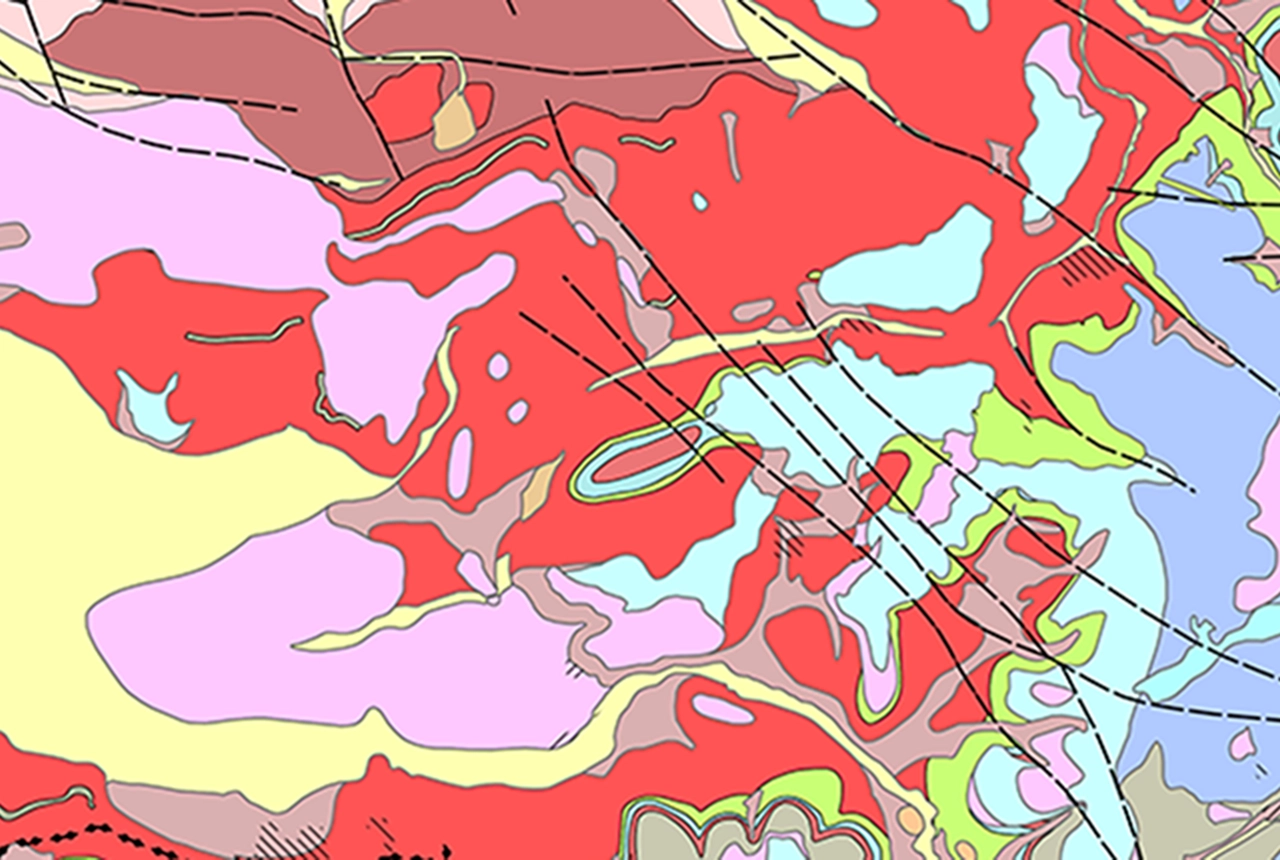
Latest BGS Geology 50K mapping data launched
06/11/2025
Some of our most widely used maps have received a major update, including the 1:50 000-scale map series that now includes enhanced coverage of Great Britain.

New research highlights significant earthquake potential in Indonesia’s capital city
04/11/2025
Research reveals that a fault cutting through the subsurface of Jakarta could generate a damaging earthquake of high magnitude.



